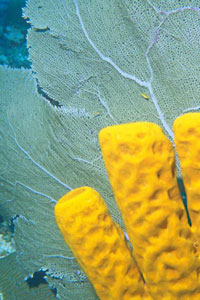

The EF-4 killed 28 people and left 2,500 homeless. The EF scale tops out at 5, with even high wind speeds and "massive devastation," according to Public Safety Canada.Ĭanada's deadliest tornado tore through Regina in 1912.

(Megan McCleister/CBC)Īn EF-4 signals wind speeds between 270-310 km/h. The team is working to get a clearer picture of how many twisters are hitting Canada. And that's not great news, a lot of population in this area from Windsor to Quebec City."ĭavid Sills, seen at his office in London, Ont., is executive director of the NTP. "But it certainly seems that that's the case. "We have a lot more work to do to collect data to make sure those trends are robust," Sills, a former Environment Canada tornado investigator, said in an interview. He pointed to information collected in recent years by the team based at Western University in London, Ont.Ĭanada's Tornado Alley, long considered to be largely in the Prairies, appears to be moving east, home to millions more people.

"What we're seeing is lining up with climate change projections," David Sills, executive director of the Northern Tornadoes Project (NTP), told CBC News. Preliminary data trends suggest Canada's most densely populated zone - in Ontario and Quebec - may become the country's epicentre for twisters, with increasingly devastating consequences. The tornadoes that ripped across suburban Ottawa and near Montreal on Thursday highlight a growing concern for researchers.


 0 kommentar(er)
0 kommentar(er)
